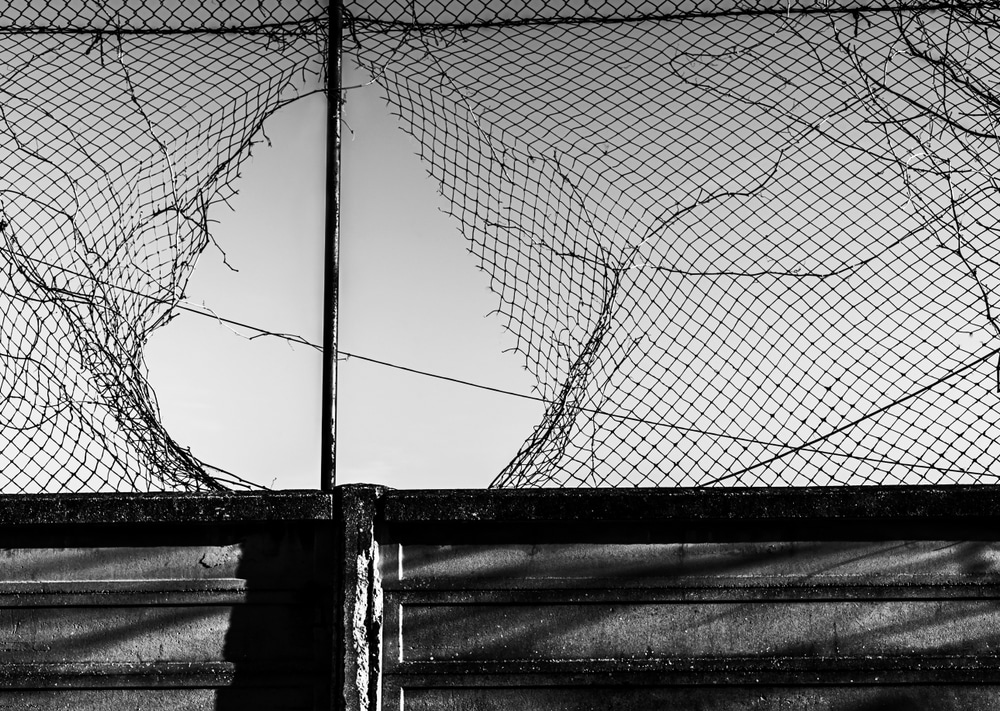The U.S. Cybersecurity and Infrastructure Security Agency (CISA) divides critical infrastructure into 16 market segments. This encompasses everything from critical manufacturing to healthcare and IT.
During the COVID-19 pandemic, we all got a lesson in critical infrastructure through a trip to the grocery store. Stock shortages and the mere fact the store existed gave us all a new definition of “critical infrastructure!”

During more normal times, though, our perception of critical infrastructure boils down to our utilities – we can live with rare disruptions to many elements of what is defined by CISA as “critical infrastructure,” but water, heat, electricity and communication services come right into the home, serve our most basic needs and – unlike grocery stores – we generally don’t have much choice in who we use, so if one goes down, we feel it.
CISA is focused on cyber threats – and indeed, hacking the systems that make critical infrastructure entities run, is a legitimate security threat.

However, organizations in this sector, particularly public utilities, have been under a security assault long before there ever was an internet or cybercrime.
Specifically, they’ve faced physical threats from criminals who are after the things they possess. The most obvious of these are precious metals, which these organizations often use. For example, copper that utility companies use in a wide range of applications has long been coveted by criminals.
The loss of such metals has become big business – there are now crime groups who are focused exclusively on stealing copper and other precious metals (aluminum, stainless steel, etc.), and turning them into money.

Additionally, facilities need to be concerned about other high value but portable items in their possession. Computers, batteries in cell phone towers, telecom base stations and electric utilities, are just some of the often-stolen items in this category.
In recent times, terrorism has reared its ugly head. Radical groups are shooting electrical facilities with guns, causing power outages for a large number of customers. Recently, two people were caught before they could execute a plot to cut off power to the entire city of Baltimore in this fashion. In fact, in January 2023, the U.S. Department of Homeland Security issued a bulletin warning of such plots.
This raises a difficult problem for utilities: they must operate in a distributed fashion, but they also need to improve security without increasing costs unreasonably. Posting live guards at every location is not practical – it’s too expensive and limiting for regulated utilities.
And fencing is not enough to stop a determined criminal – as can be seen by all the fences that are bypassed in utility theft. But, raising the stakes for criminals is the best way for decreasing the crime rate – utilities are less likely to be a target if criminals know they will get caught.

Pro-Vigil provides a new level of practical protection by monitoring all sensitive areas and high value assets with high-definition video cameras. Video systems are equipped with artificial intelligence that can help to spot suspicious activity when nobody is watching.
Plus, proactive audiovisual deterrents like strobe lights and sirens help to drive off criminals before they can attack. With virtual guards watching as part of its Video Monitoring Services, Pro-Vigil helps utilities to achieve the ideal mix of manned security at a cost they can afford. For more information on how Pro-Vigil can help utilities stem crime, contact us today.







